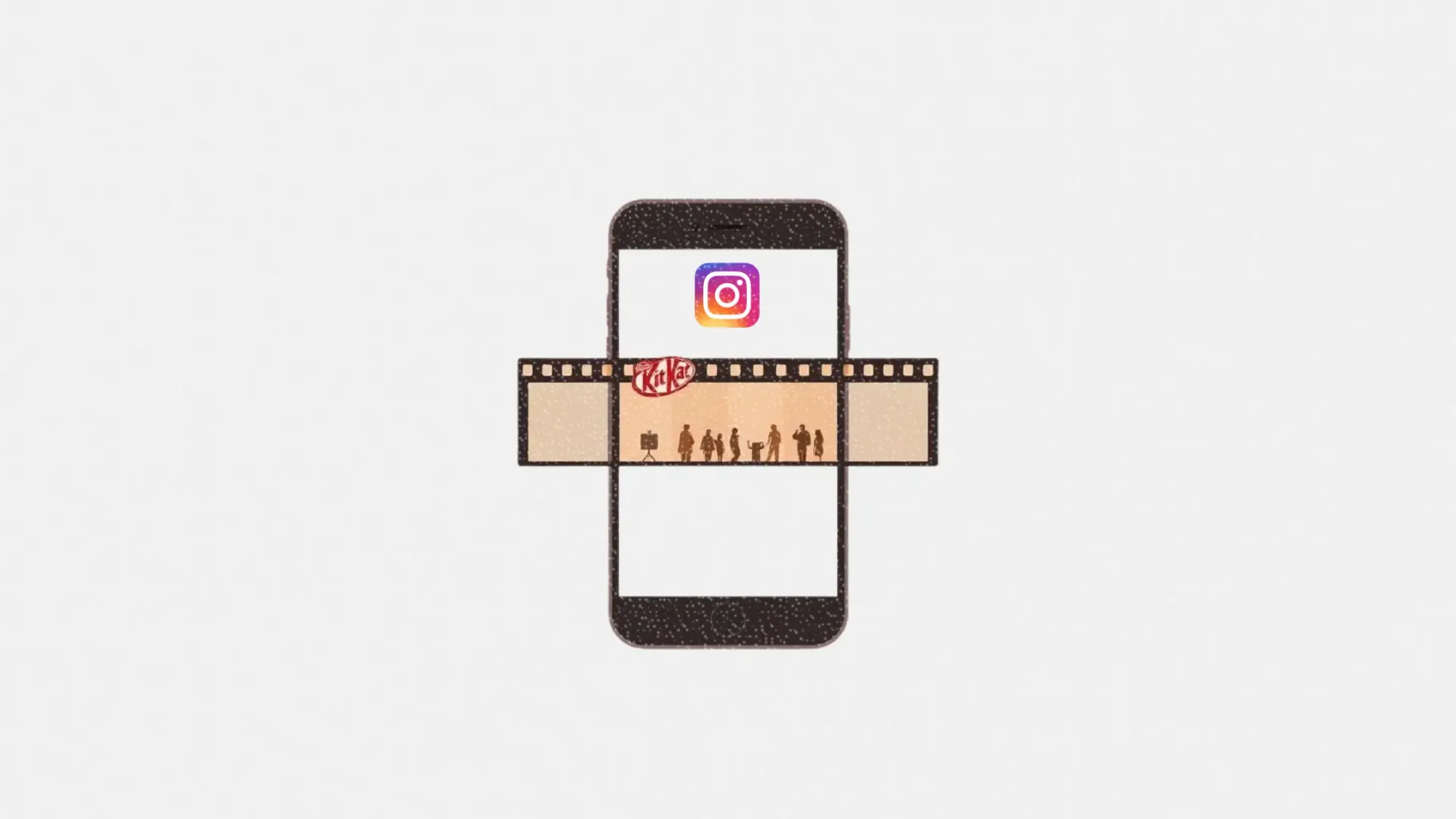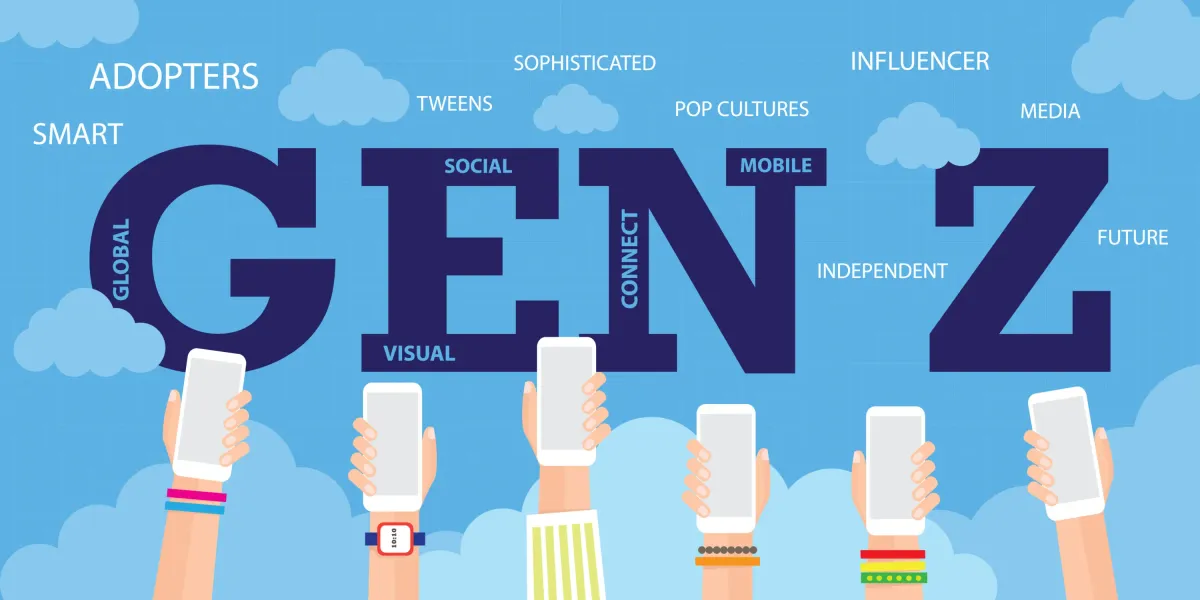How Instagram’s skinny cinematic Reels are stealing the scroll
The viral 5120 x 1080 video format is drawing eyes and experiments. Here's what marketers need to know.

A new kind of Reel is stretching across Instagram feeds, literally. The platform’s latest viral trend, dubbed the thinnest video or 5120 x 1080 cinematic Reel, is redefining the boundaries of mobile content. Instead of the standard full-vertical format, creators are now cropping their footage into ultra-wide, panoramic slices that cut off the top and bottom, creating a cinematic strip that feels both strange and striking.
The trend is gaining traction not just for its aesthetics, but for its power to interrupt the usual scroll. From nostalgic edits to satirical memes, creators are experimenting wildly. And brands? They're sliding right into the trend, literally in the case of KitKat India, which turned a chocolate bar into a sleek visual metaphor for micro-breaks, or Singapore’s Hougang Mall, which used the format to zoom in on intimate moments of local life.
This article explores why brands are leaning into this new creative canvas, how it's shifting the norms of mobile storytelling, and what marketers should consider before going ultra-wide.
Short on time?
Here’s a table of contents for quick access:
- Why the skinny Reel trend is taking off
- What brands are doing with the format
- What marketers should know before jumping in

Why the skinny Reel trend is taking off
At a glance, the 5120 x 1080 format looks odd, almost wrong. That’s exactly why it works. By slicing the video height and dramatically widening the aspect ratio, the trend taps into a curiosity trigger. Users stop, rewatch, and question the purpose behind the unusual framing.
Fiona Wai, Senior Strategist at VaynerMedia APAC, calls it a “scroll breaker.” According to her, the format’s unexpected width hooks viewers by disrupting their feed muscle memory. Hajar Yusuf of Naga DDB Tribal sees it as part of a layered strategy, a tool that allows creators and brands to reach new audiences by simply presenting content differently.
While Instagram has cycled through formats from 1:1 to 4:5, the core appeal hasn’t changed. Fresh storytelling formats grab attention. The ultra-wide frame is just the latest variation, one that invites a cinematic flair or a creative challenge, depending on how you use it.

What brands are doing with the format
Several brands have already jumped on the skinny Reel trend, each using it in unique ways to tap into emotion, humor, or high-concept visuals.
- KitKat India leaned into the trend's minimalism with a sliding chocolate bar and the tagline “A break can fit anywhere,” cleverly connecting the visual quirk to its product promise.
- Hougang Mall opted for subtle storytelling. Their ultra-wide Reels featured everyday scenes, from a local dessert being made to a father carrying his daughter’s bag, amplifying emotional intimacy through tighter framing.
- RHB Bank subverted expectations by using the format for abstract motion graphics tied to transformation messaging, a creative twist for a traditionally conservative sector.
These examples illustrate that the format is flexible. Whether you're aiming for humor, sentiment, or surrealist brand visuals, the frame is a conversation starter.
What marketers should know
Instagram’s latest “skinny Reel” experiment has sparked debate across creative circles. The ultra-tall 9:16.5 format flips traditional visuals on their side and challenges how brands think about framing, focus, and storytelling. While not every marketer needs to jump in, the trend offers useful lessons on agility, experimentation, and visual storytelling in the social era.
1. It’s a creative flex, not a forever format
Most experts agree this isn’t the next 9:16, but it’s a valuable moment for experimentation. For brands trying to appear culturally sharp or ahead of the curve, this is a low-risk way to join the conversation while the format still feels fresh.
2. The format doesn’t fit everything
Ultra-wide Reels aren’t built for heavy text overlays, complex product demos, or anything that needs lots of screen real estate. As Alvin Kok of Actstitude notes, the frame limits storytelling options and may hinder clarity if not executed with restraint.
3. Think niche, not mass
Florence Kong of We Glow HK recommends using the format for fashion, travel, or scenic storytelling. For lifestyle, automotive, and visual-first verticals, the cinematic aspect ratio can elevate content. For functional or text-heavy campaigns, it may fall flat.
4. Surprise still works
Abdul Sani of RHB called their campaign a “Trojan horse.” While the format gets users to stop and watch, the real goal is to use that moment of surprise to deliver a bigger message. Marketers should lead with novelty, but land with narrative.
5. Don’t ignore your brand DNA
Just because it's trending doesn’t mean it fits your brand voice. Roni Chik of CMRS Group bluntly called it “nonsense,” arguing that it breaks cinematic norms and compromises visual clarity. If your brand leans on polish, symmetry, or clear product presentation, this format might undercut that effort.
Instagram’s skinny Reel trend won’t reshape the platform, but it’s a reminder of how visual creativity, even the oddball kind, can still cut through. For marketers, the lesson isn’t just about using a new aspect ratio. It’s about staying nimble, reading cultural shifts quickly, and knowing when to turn format into narrative power.
As Abdul Sani puts it, “You enter with novelty, but you stay because the story feels bigger.” That’s the real opportunity, and the real challenge.





